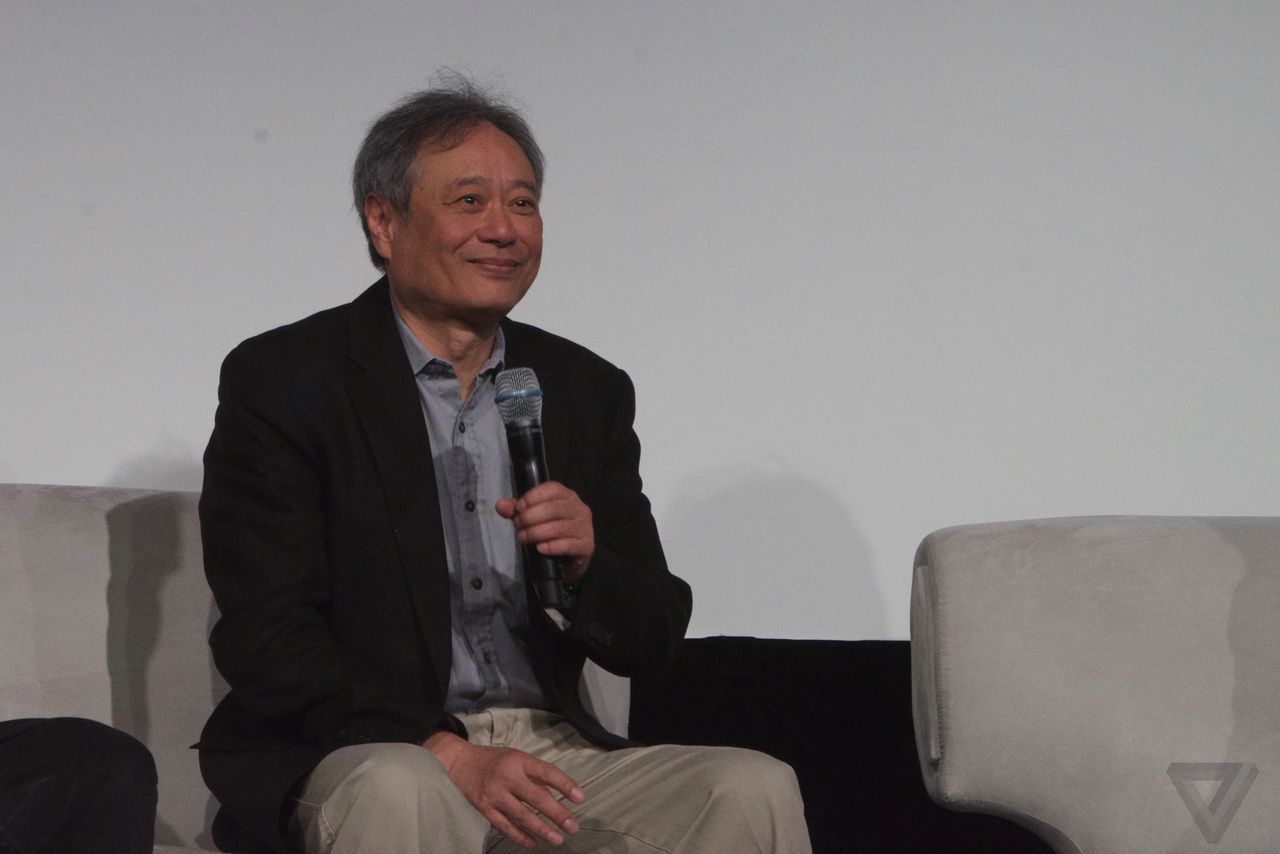―from ORIENTALISM (1978) by Edward Said
Ang Lee’s new film shows the peril and incredible promise of high-frame rate movies

Filmmaker Ang Lee previewed footage from his upcoming film Billy Lynn’s Long Halftime Walk in Las Vegas on Saturday, but it wasn’t to highlight the characters or the storytelling. Instead, it was to show off his use of bleeding-edge high frame rate photography and projection, something the director sees as the first step towards the future of digital filmmaking — though audiences may need some serious convincing first.
As part of the National Association of Broadcasters trade show, Lee showed off around 11 minutes of 3D footage, which was presented using twin laser projectors that delivered 4K images at an astounding 120 frames per second, per eye. That’s five times the frame rate that movies traditionally use, a change that Lee said provides crystal-clear images and removes unpleasant visual artifacts like strobing that can be present in traditional films, particularly when they’re presented in 3D.
DEMOS CONDUCTED BY JAMES CAMERON FIRST PIQUED HIS INTEREST
If the pitch sounds familiar, that’s because Peter Jackson said the same thing about his use of high-frame rate filmmaking in 2012 with The Hobbit. Public reaction to that film’s use of 48fps HFR was decidedly mixed, with some appreciating the clarity of the images, while others — myself included — hating the way high-frame rate photography abandoned the dreamy pseudo-realism of 24fps for a more immediate look that called to mind camcorders and soap operas. But Jackson’s name never came up when Lee discussed his process in a post-screening panel; instead, he said it was a series of demos conducted by James Cameron several years ago that first piqued his interest in the format.
Based on Ben Fountain’s novel, Billy Lynn’s Long Halftime Walk puts the viewer inside the shoes of an Iraq war veteran struggling with his feelings about the conflict. The project, Lee said, "appeared to be the perfect chance to test the new medium, because it’s all sensation. It’s all about experiencing [things] beyond the storytelling. It’s a new experience."
While still in its early stages, the footage screened certainly delivered on the promise of flicker-free, pristine 3D. As technologies like IMAX Laser have upped the ante on brightness used in theaters, 3D presentation has certainly improved dramatically in recent years. But Billy Lynn’s Long Halftime Walk took things a striking step further. The image was impeccably bright, the frame rate resulting in utter clarity throughout the entire frame. It truly was more like looking through an impossibly-clean window than watching a screen, with the 3D producing no eye strain whatsoever. Given the lack of blur, it was possible to discern normally imperceptible details that simply wouldn’t be visible in other movies, from the way a shell casing pirouetted after being ejected from a machine gun, to the tiny puffs of dust in the distance when a bullet found its mark.
STUNNING DETAIL AND CLARITY, BUT THE SOAP OPERA EFFECT WAS STILL THERE
Despite those extraordinary aspects of the image, however, the "soap opera effect" was still there. From the opening shot onward, the footage seemed like it could have been pulled from some fantastic and futuristic camcorder (or a television with motion smoothing cranked up), the change threatening to pull me out of the story even while the added detail was luring me in. Granted, this was not final footage, and with the system Lee, editor Tim Squyres, and the film’s technical team are using, things like motion blur and other visual characteristics can be easily tweaked in post-production.
There are a lot of variables in play with HFR, and altering the on-set lighting or shutter speed can dramatically impact the way the finished product feels for the audience. In that set of early James Cameron demos, for example, his take on 48fps had all the problemsThe Hobbit, but his use of 60fps preserved much of the look and feel of traditional frame rates, even while it cleaned up the strobing and flicker. (However, it’s worth noting that a clip I saw of Halftime Walk during CinemaCon was projected at 24fps, and still seemed to suffer from the motion-smoothing effect.)
Ultimately the only real way to understand all of these issues is to experiment with the medium, and the work Ang Lee and his team are doing is so far out ahead of the rest of the industry that there aren’t actually any commercial theaters in the world that can project the film as it was shown to NAB attendees. (When it comes out this November, it will be released in a variety of formats, including HFR variants.) But Lee himself seemed to embrace the fact that this is not just a matter of plugging in some new piece of equipment; it’s one of creative collaboration and exploration, and it is just beginning. "This will be a long journey. I think we’re at the beginning of finding out what digital cinema means," he said. "We’re not quite there yet, but it’s a strobe-free dimension."
strobe
NOUN
VERB
Origin
1940s: abbreviation of stroboscopic (see stroboscope).
STROBE
n.
A flash lamp that produces high-intensity short-duration light pulses by electric discharge in a gas.
- 頻閃觀測器
- 閃光燈
沒有留言:
張貼留言